Nestled against the Tsengwen River (曾文溪) in rural Tainan, the Tainan Shan-Shang Garden and Old Waterworks Museum (台南山上花園水道博物館) includes the site of Japanese-era waterworks and surrounding land, newly restored and transformed into a tourist destination with broad appeal.
Visually appealing, educational and full of space for children to run around, the museum has something for all ages and interests, making it an ideal destination for couples, families, solo travelers, the Instagram crowd and anyone in between.
After assuming control of Taiwan in 1895, the Japanese government began civil engineering projects that included sanitation and tap water systems, which most of Taiwan was lacking at the time. This reality is reflected in the Taiwanese Hokkien words for tap water and tap, which were calqued directly from the Japanese word for waterworks and do not match the Mandarin.
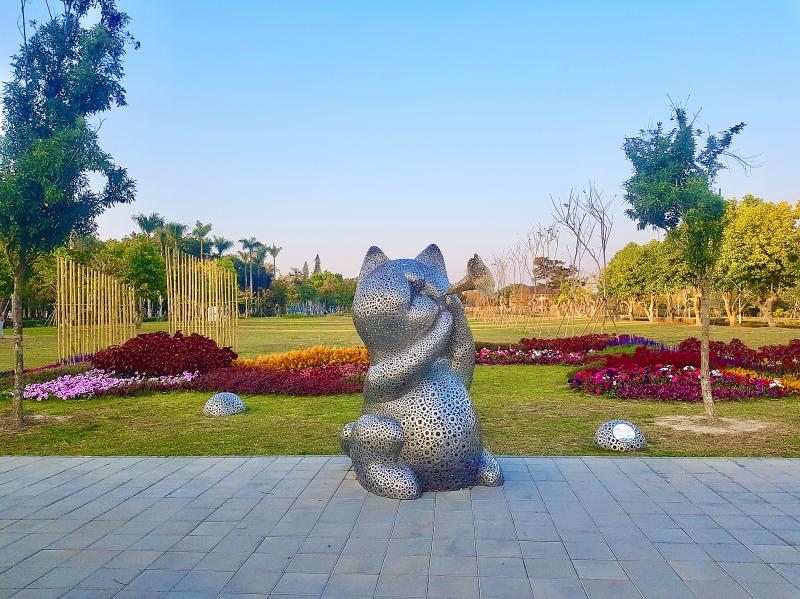
Photo: Tyler Cottenie
Construction on the Tainan Waterworks began in 1912 and was finally completed in 1922. No longer in operation but still mostly intact, the facility has been opened to the public as part of a larger complex that includes a number of other features and amenities.
THE GARDEN GROUNDS
After entering the museum grounds through the main gate (NT$100 admission), visitors first encounter an expansive open garden, with the red-brick waterworks buildings creating a visual contrast in the background. In the middle of this garden is a circular path known as the “Miyanomori Circle,” a reference to the Miyanomori Golf Course that used to occupy the land next to the waterworks.
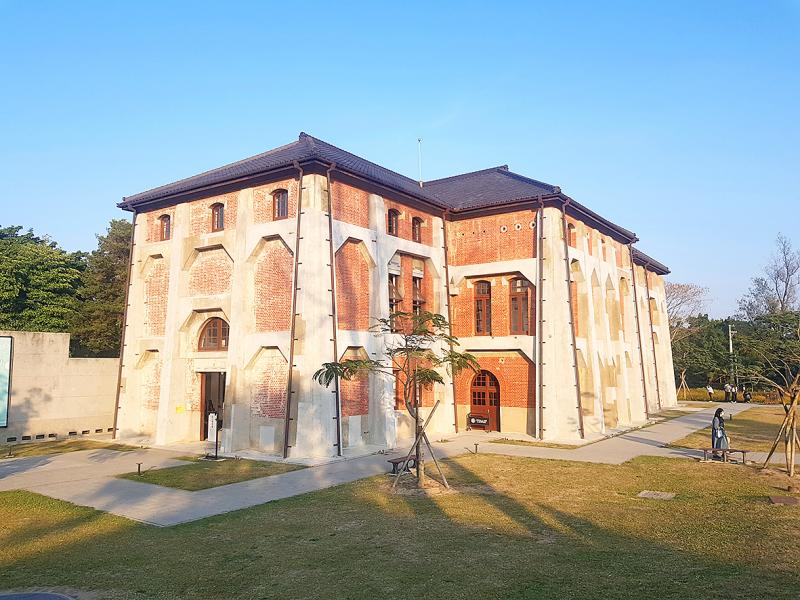
Photo: Tyler Cottenie
The golf course, whose name translates to “Royal Woods,” was named in honor of the visit of a Japanese prince to the grounds in 1933. Nowadays, the golf course is gone but much of the land remains open and grassy.
Next to the garden is a forested area that served as a seedling nursery after the waterworks ceased operations, and now serves as an ideal place for visitors to escape the heat and admire a variety of unusual trees. Scattered throughout the open garden and forested areas are numerous art exhibits, as well as a pool and sandbox for children to play in.
This pool is named after Yoichi Hatta, the Japanese engineer most renowned for designing the Chianan Irrigation Canal (嘉南大圳), but who also worked at the Tainan Waterworks for a time.
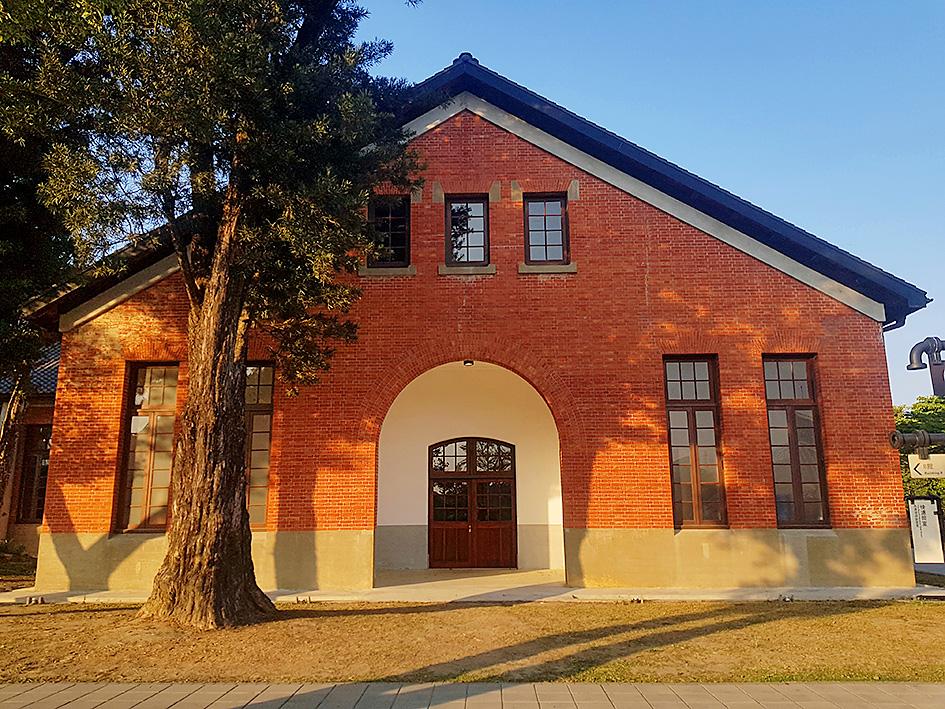
Photo: Tyler Cottenie
Other features on the grounds are named after other important waterworks engineering figures. The path separating the garden and forest is named after William Burton, a British sanitation engineer whose career with the Japanese government included important improvements to sanitation systems in Taiwan.
At the far end of this path, right in the center of the museum grounds, is a statue of Hamano Yashiro, the Chief Architect of the Tainan Waterworks, and waterworks in five other Taiwanese cities. The original statue was taken away and melted for its bronze during World War II, but a new one was commissioned by Chi-Mei Corp founder Hsu Wen-Lung (許文龍) and is now on display in the same location as the original.
THE WATERWORKS
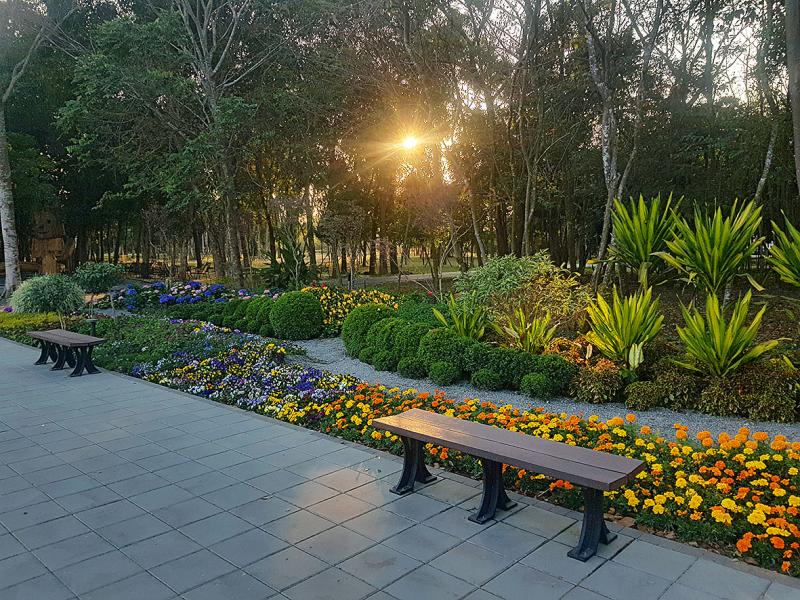
Photo: Tyler Cottenie
Behind this statue, at the rear of the complex, is the site of the old Tainan Waterworks proper. The architecture of the largest building is impressive both inside and out. It is especially picturesque in the late afternoon, when its red-brick exterior glows under the golden sunlight filtering through the line of majestic old trees running the length of the building.
The interior features a high ceiling framed with Taiwanese cypress beams. As securing beams long enough to span the entire room would have been difficult, two shorter beams on either side were joined by a metal cable in the middle, a twist on the common queen truss design. This also makes for a more open space and, with the added symmetry of the rows of filtration tanks on either side of the room, is another favorite with the Instagram crowd.
Water from the Tsengwen River arriving at the waterworks entered this building first. After chemical treatment, the water would then enter one of the British-made rapid filtration tanks. Inside these, water passed through imported Italian sand (during the Japanese era, but cheaper sand from Penghu’s Chipei Islet after they left) before moving on to the adjacent pump building.
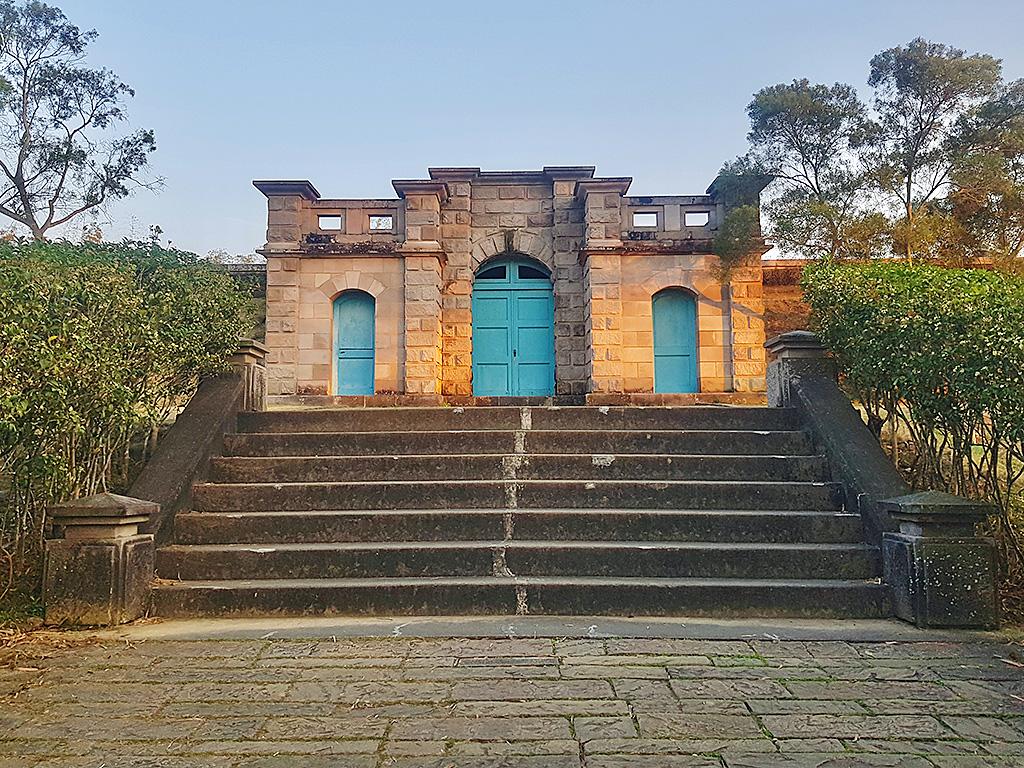
Photo: Tyler Cottenie
The pump building is a two-story red-brick building featuring large concrete buttresses on the exterior, and an original century-old overhead crane on the inside. It originally housed a coal-fired generator, but this, and the accompanying chimney, were removed long ago. Nowadays, there are shops selling souvenirs, food and drinks in and around the pump building, rounding out the set of amenities available to tourists. The original purpose of the pump building was to send the treated water two kilometers to the south to a cistern at the top of a hill.
For those willing to make the short drive over, the site housing this cistern has also been restored and is open to the public, free of charge. A long climb up a set of concrete stairs brings visitors to the stone wall surrounding the hilltop cistern, which itself is topped with ventilation shafts jutting out in regular rows. Purified water from the waterworks entered this cistern before finally flowing downhill and on toward Tainan households under the force of gravity.
The waterworks were expanded to meet increasing demand in 1952 with the addition of a rapid filtration pool in a newer building, also preserved on the current museum grounds. The waterworks remained in operation until 1982, when they were finally retired after 60 years of service to the citizens of Tainan. In 2011, a restoration project was approved and the museum itself opened on October 10, 2019. It has since become a destination of choice not only for those interested in Taiwanese history or engineering projects, but also for family outings, or for anyone looking to spend their leisure time in a pleasant outdoor setting.
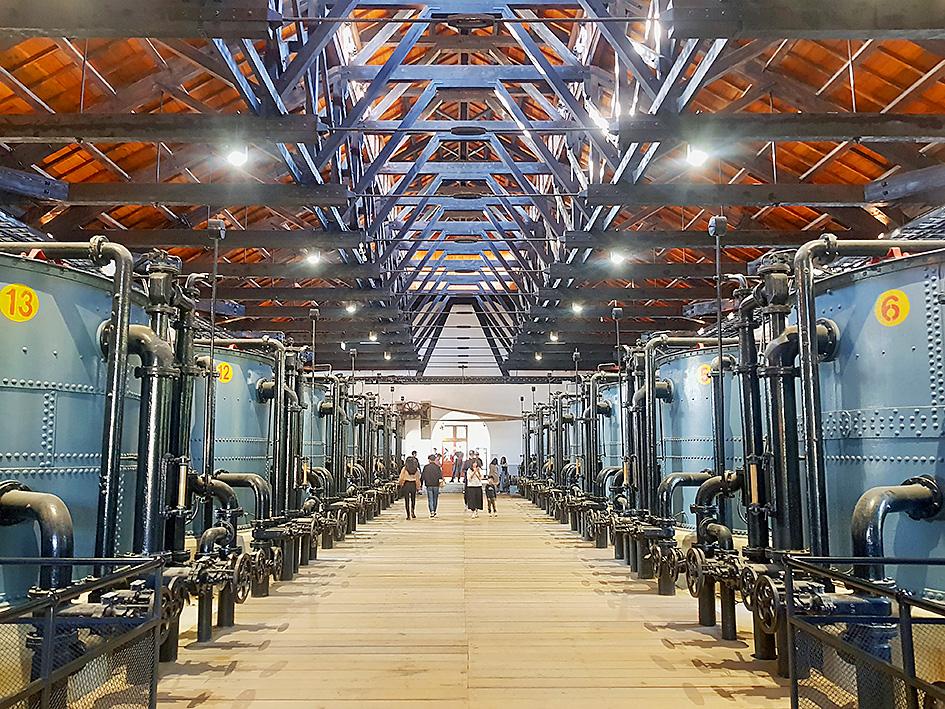
Photo: Tyler Cottenie
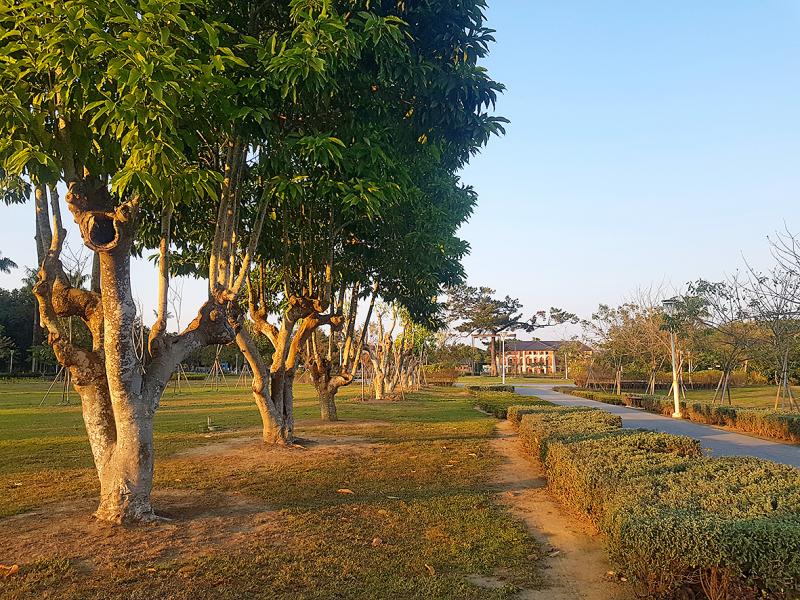
Photo: Tyler Cottenie
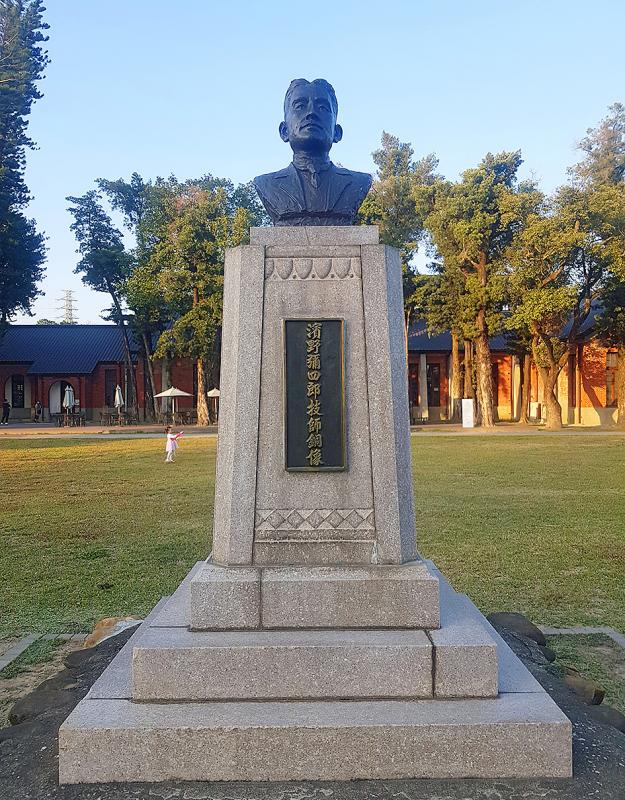
Photo: Tyler Cottenie
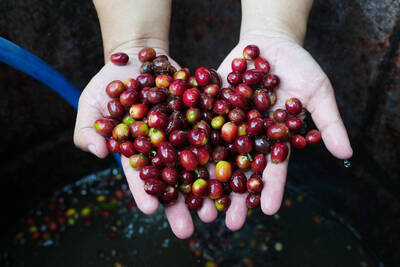
Climate change, political headwinds and diverging market dynamics around the world have pushed coffee prices to fresh records, jacking up the cost of your everyday brew or a barista’s signature macchiato. While the current hot streak may calm down in the coming months, experts and industry insiders expect volatility will remain the watchword, giving little visibility for producers — two-thirds of whom farm parcels of less than one hectare. METEORIC RISE The price of arabica beans listed in New York surged by 90 percent last year, smashing on Dec. 10 a record dating from 1977 — US$3.48 per pound. Robusta prices have
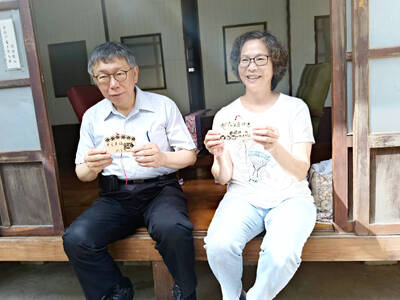
The resignation of Taiwan People’s Party (TPP) co-founder Ko Wen-je (柯文哲) as party chair on Jan. 1 has led to an interesting battle between two leading party figures, Huang Kuo-chang (黃國昌) and Tsai Pi-ru (蔡壁如). For years the party has been a one-man show, but with Ko being held incommunicado while on trial for corruption, the new chair’s leadership could be make or break for the young party. Not only are the two very different in style, their backgrounds are very different. Tsai is a co-founder of the TPP and has been with Ko from the very beginning. Huang has
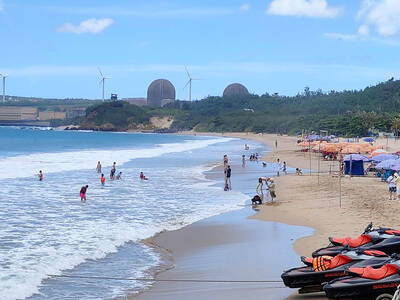
A dozen excited 10-year-olds are bouncing in their chairs. The small classroom’s walls are lined with racks of wetsuits and water equipment, and decorated with posters of turtles. But the students’ eyes are trained on their teacher, Tseng Ching-ming, describing the currents and sea conditions at nearby Banana Bay, where they’ll soon be going. “Today you have one mission: to take off your equipment and float in the water,” he says. Some of the kids grin, nervously. They don’t know it, but the students from Kenting-Eluan elementary school on Taiwan’s southernmost point, are rare among their peers and predecessors. Despite most of
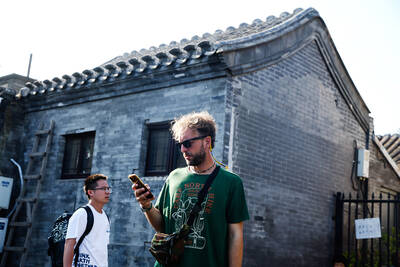
A few years ago, getting a visa to visit China was a “ball ache,” says Kate Murray. The Australian was going for a four-day trade show, but the visa required a formal invitation from the organizers and what felt like “a thousand forms.” “They wanted so many details about your life and personal life,” she tells the Guardian. “The paperwork was bonkers.” But were she to go back again now, Murray could just jump on the plane. Australians are among citizens of almost 40 countries for which China now waives visas for business, tourism or family visits for up to four weeks. It’s